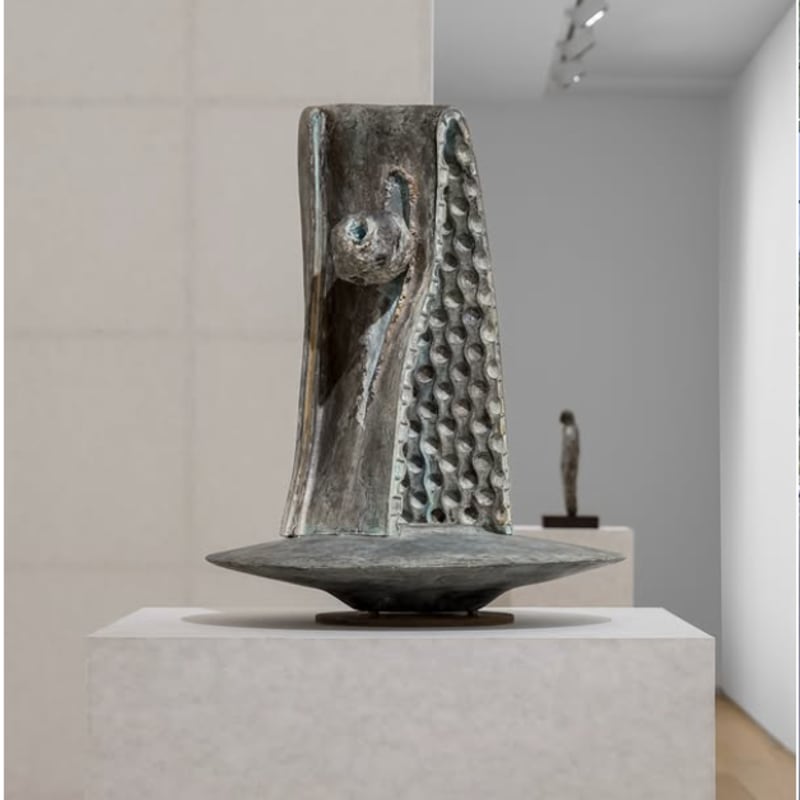Liza Lou: Security Fence In Art Basel Unlimited
Liza Lou is best known for her large-scale sculptures and environments created from countless glass beads that are painstakingly woven together to create a unified whole. Her work is characterised by a tension between their seductive, even magical, materiality and the intensive labour involved in their creation, which manifests as both process and subject. As Lou describes, ‘Beads have a lot of connotations before you even make anything with them – around beauty, preciousness, and even labour. They’re made with a lot of care; they have their own value.’ She blurs the boundaries between fine art and craft, while inviting viewers to experience her works at both the level of visual wonder and critical analysis, highlighting questions regarding the valorisation of labour and its links to gender and the artist’s own identity. Her proximity to craftwork has led Lou to work in a variety of socially engaged environments, including beadwork collectives in Durban, South Africa and Mumbai, India, as well as community groups in Los Angeles and a women’s prison in Belém, Brazil. The artist explains: ‘I became very interested in the idea of a collective labour, of solidarity with women and solidarity in every stitch [...] I want our work together to be a record of process. It’s work about work.’ The beauty and humanity of her works lie in their small flaws and subtle variations, which become reliquaries of the time and labour involved in their creation.
Security Fence (2005) is a steel, chain-link enclosure covered with razor wire, and completely adorned with Lou’s signature glass beads. Initially responding to the sinister images of abuse and torture in the prisons of Abu Ghraib and Guantánamo Bay, the work came to reflect the artist’s experience of the political, economic and social turmoil of post-apartheid South Africa. As Lou explains, ‘I made this work with twenty Zulu women, all of whom knew very well the darker meaning of barbed wire fences. During apartheid, the whites surrounded the townships with barbed wire fencing so that they couldn’t get out. We talked often about what it meant, what we were doing – one of my workers, Buhle, said, ‘We are covering it with love’.’ The painstaking process of beading humanises this paradigmatic structure of oppression. For art critic and curator Eleanor Heartney, it is precisely ‘the apparent contradiction between the decorative evanescence of the beaded surfaces and the grim realities they evoked’ that lies at the crux of Security Fence. The viewer is unsettled by the work’s dazzling, eminently haptic quality and its raw, underlying violence. For Jeannette Winterson, ‘The dead, skin-slashing wire, becomes a modern-day, non-religious Crown of Thorns, a symbol of aggression re-made as an offering. Security Fence is an open structure. What it offers is not imprisonment or humiliation, but empty space and points of light.’ As such, it ties into Lou’s broader reflection on personal freedom, visually recalling Maximum Security (2007–8; also from the artist’s Durban workshop), but also, conceptually, the artist’s Cell (2004–6).


















































































































































































